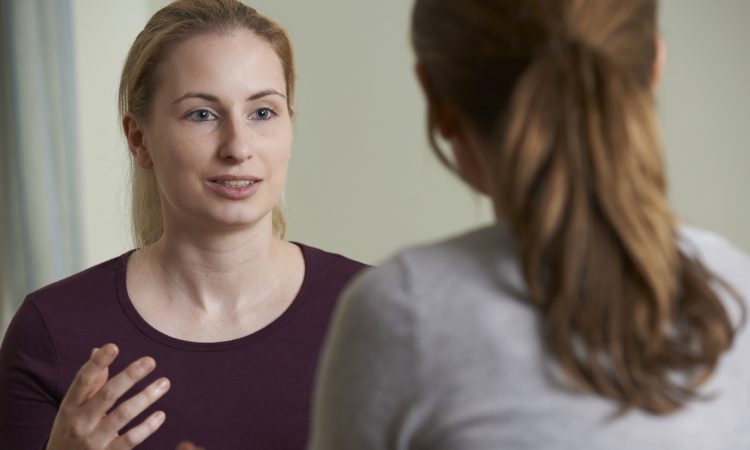Humans. We are complex aren’t we? All of us jostling around our daily lives carrying our stories, some heavy, some light, some old, some new. Living, working, learning, they guide how we act, think, feel and make sense of our lives.
Listening to a client’s story is essential to shifting into a strengths-based approach and to learning that centres people’s capabilities and experiences. Listening to a story moves us away from a deficit model that focuses on questions like “What’s wrong here?” and “What’s not working?” As strengths-based practitioners, we wait, we listen and we learn from the people we are serving.
Let me tell you a story about one of my clients, Maya.
The pencils and test papers had been handed out. The practice questions and preparation were completed the day before, and I was confident I had done my best to prepare the group. Fifteen minutes into the quiet scratching of pens and rustle of papers, I heard a soft sob coming from the back of the room. There was Maya, with tears rolling down her face.
As I moved in her direction, I noticed the blank paper in front of her. I crouched down, making myself eye level. As I looked at her – not saying anything, just attempting to make eye contact – she looked back at me and sobbed, “I can’t read.”
I remember crinkling my eyebrows in confusion. We’d been together in the program for a little over a week and not once had I suspected that she couldn’t read the papers that I had been handing out.
“Ok,” I responded. “We can figure this out. Would you like to take a moment to grab a glass of water with me in the office?” She nodded her head silently. As she stood, I rose with her. Maya gathered up her test papers and supplies and headed to the back office where the water, coffee and Kleenex waited. I paused before following her, asking myself, “What’s my responsibility here?” and “How can I hold space for this revelation and get her to complete the assessment?”
“We’d been together in the program for a little over a week and not once had I suspected that she couldn’t read the papers that I had been handing out.”
Ten years ago, I would have started thinking about reading strategies and immediately tried to figure out her reading comprehension level. “Should I get her to read out loud to me? How bad is it, really?” All of these questions, before Maya even reached the back-office door.
Since shifting my scope to a strengths-based lens, my internal dialogue swirled in a different direction. I considered questions like, “Can you tell me more about what’s happening?” and, “How can I support Maya in accessing the reading capabilities she already has?” I knew she was capable of reading some documents; she had filled out forms, asked questions about program waivers and responded to her friend’s social media posts. There was clearly something there to work with.
Maya settled into a comfy chair with her glass of water, I sat down next to her and reached out to take the test papers, flipping them over and setting them down on the side table, out of sight.
“So,” I began, “can you say more about what’s upsetting you?”. Maya blinked a few times, focusing her gaze on the coffee table in front of us. “Well,” she hesitated, “I think I can’t read. I got to the first question on the test and my mind just went blank …”
Fast forward to a year later: Maya had enrolled in an Early Childhood Certification program, received her Learner’s driving permit (which requires passing a written exam), and was working part-time at a daycare.
How did she get there? After listening to Maya’s experience, I followed up with questions about reading in other areas of her life, mining her stories for capabilities in other areas, like reading to her kids at night and responding to social media posts.
Then, we collaborated on solutions for accomplishing the assessment, like giving her extra time to complete it. To increase her confidence in reading, we sought out a reading tutor and got her a library card, both of which were her own suggestions for next steps.
Through conversation and positive regard, a new relationship between us was built – a relationship that expected greatness, not perfection and framed this experience as an opportunity for growth.
Maya moved through her narrative of “I can’t read, I’m dumb, I’ll never be enough” to one that said, “I’m a college student now, and I love what I can do. I don’t hear ‘you can’t do it’. I hear, ‘you know how to learn. You’ve got this.’”
A strengths-based approach is at the core of our “how.” Our goal at Change it Up is to shift the way human services are delivered, from training and employment programs to social service access and career development. Because how we show up and support people matters.
It’s why Maya’s story is inspirational, and why we do this work.




